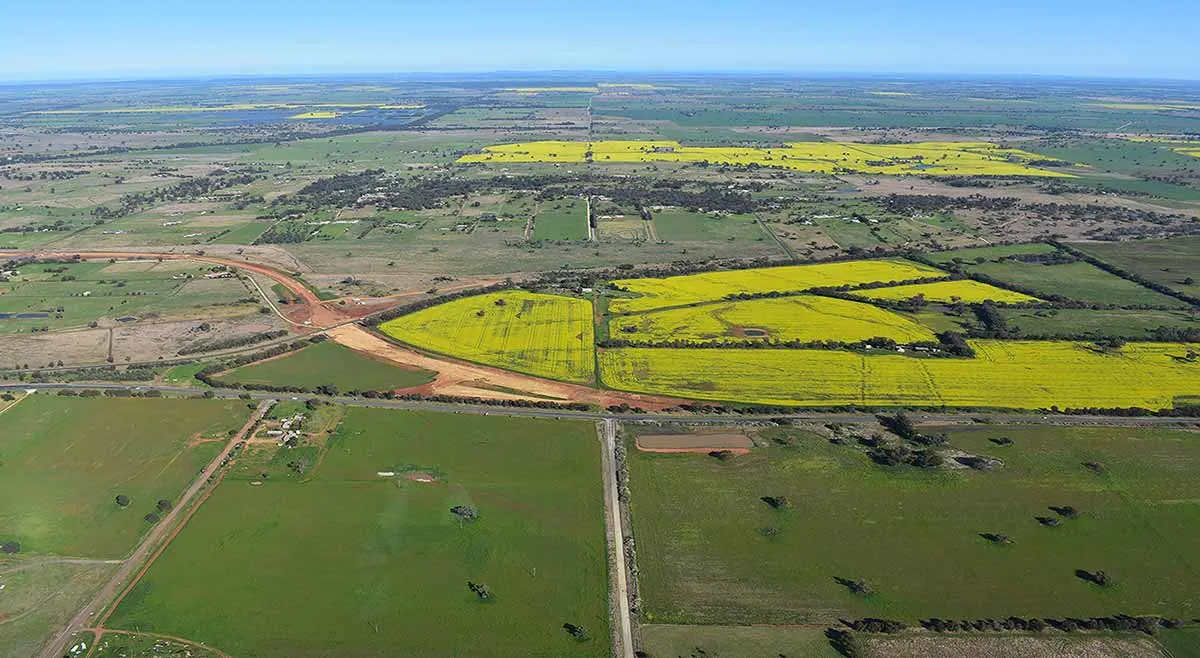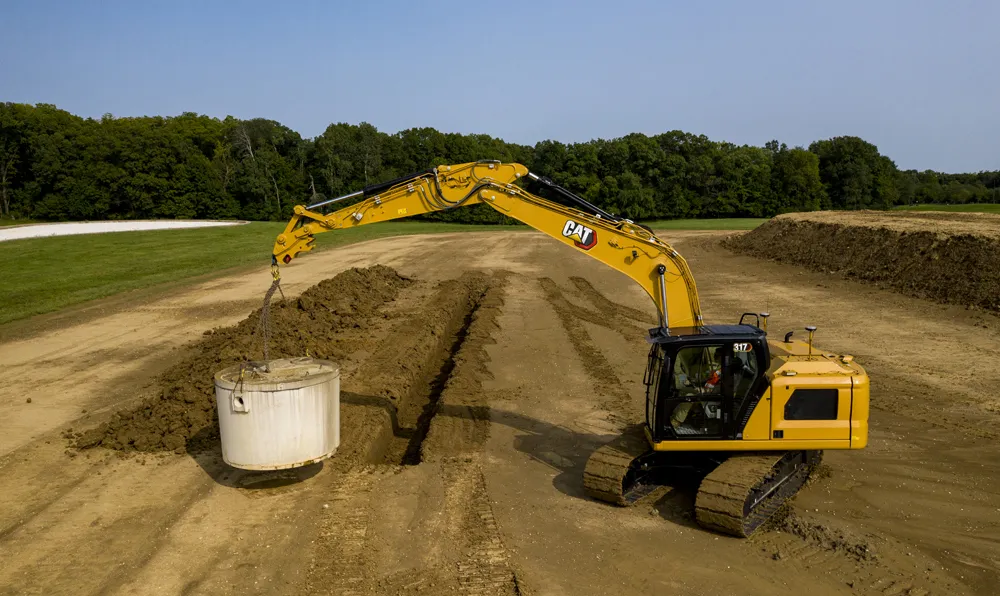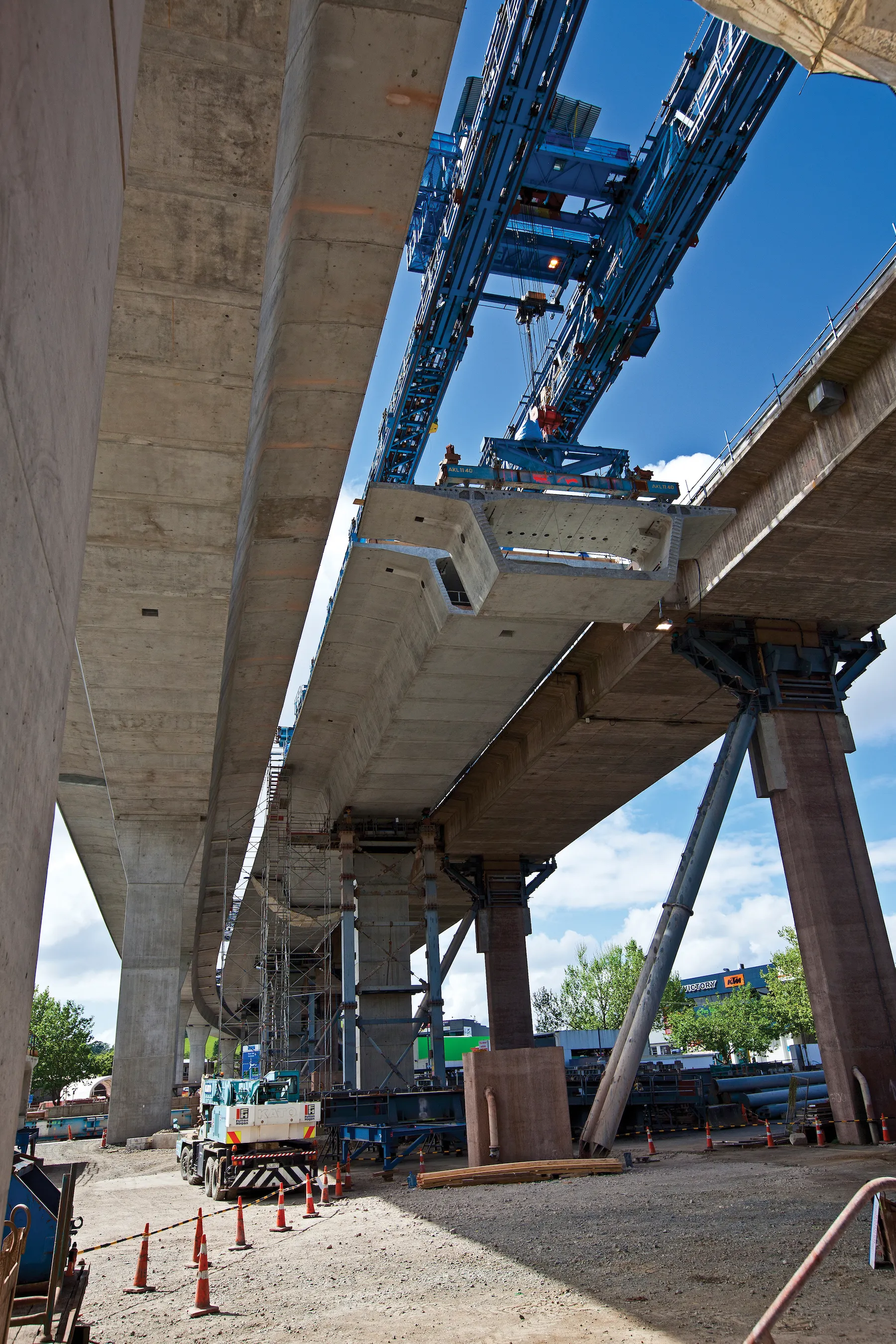
Parks Canada has installed the Tunnel Lighting Addressable Control System (TLACS) from Nyx Hemera in the five snowsheds of Rogers Pass in Glacier National Park.
Over the past five years, Parks Canada has been upgrading infrastructure in Rogers Pass - 1,330m above sea level - including the installation of LED luminaires and an intelligent lighting control system.
A snowshed, similar to a tunnel, is a concrete cover built over a road to protect traffic from avalanches. In this case, the snowsheds - Single Bench, Lens, Tupper #1, Tupper #2 and Tupper Timber – are between the towns of Golden and Revelstoke in the western province of British Columbia.
The TLACS turns ON/OFF and dims up and down the luminaires inside the snowsheds to reduce the black hole effect and bring a safe and comfortable lumen output for drivers. TLACS also helps the operator save on energy costs thanks to not only the LED luminaires but also the dynamic control of the luminaires as needed. This is based on the variable luminosity at the tunnel portal. The TLACS also controls the street luminaires before and after the tunnel.
The company also recently launched LPC Lite that is embedded into tunnel luminaires and communicates with the Lighting Control Cabinet (LCC) using powerline communication. Using existing wires to power the luminaires reduces the installation of control cabling, conduits and multiple connectors normally found in a standard control system installations. The dynamic individual control and monitoring of every luminaire enable the implementation of many features as well as help operators save on energy and get a better control of maintenance and operational costs.
The new LPC Lite has been specifically designed to interface the new generation of LED drivers that offer advanced diagnostics. The LPC 480 will remain in full production for luminaires that use standard drivers.









